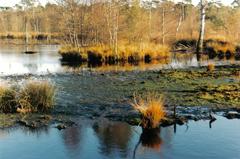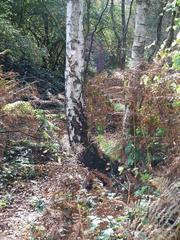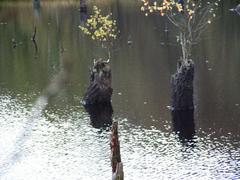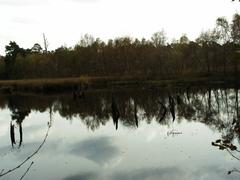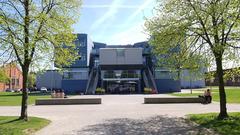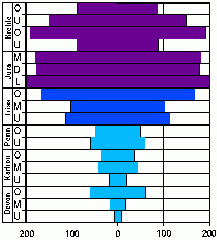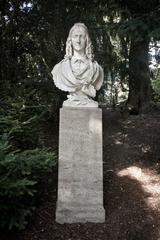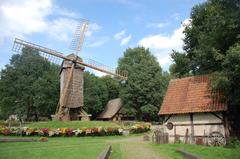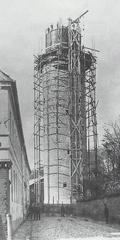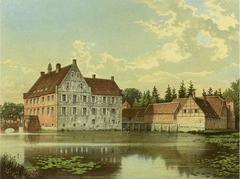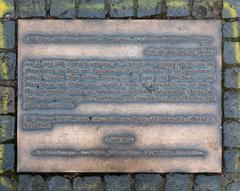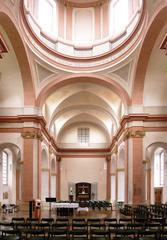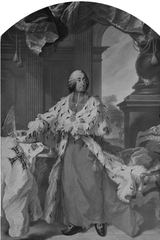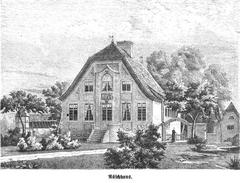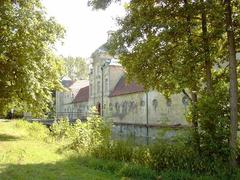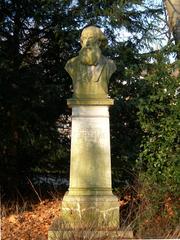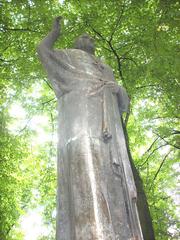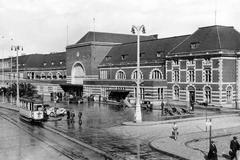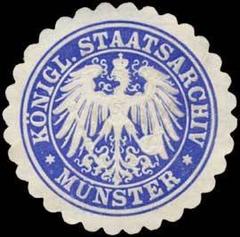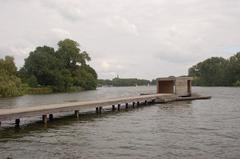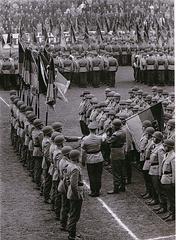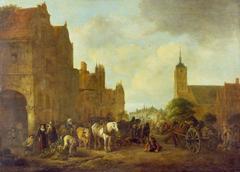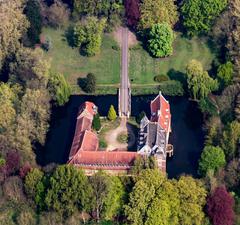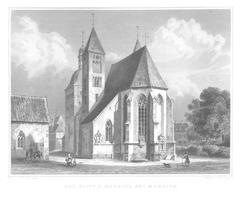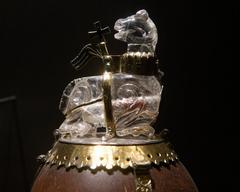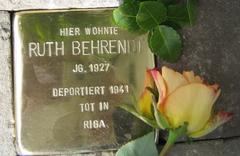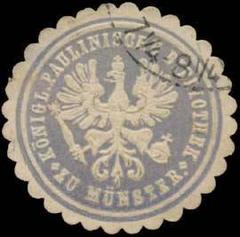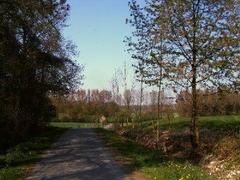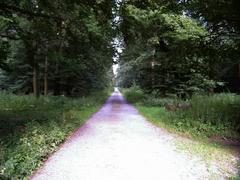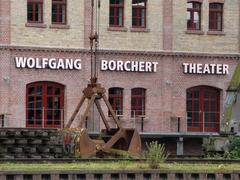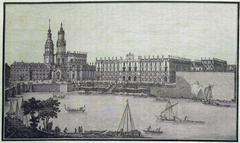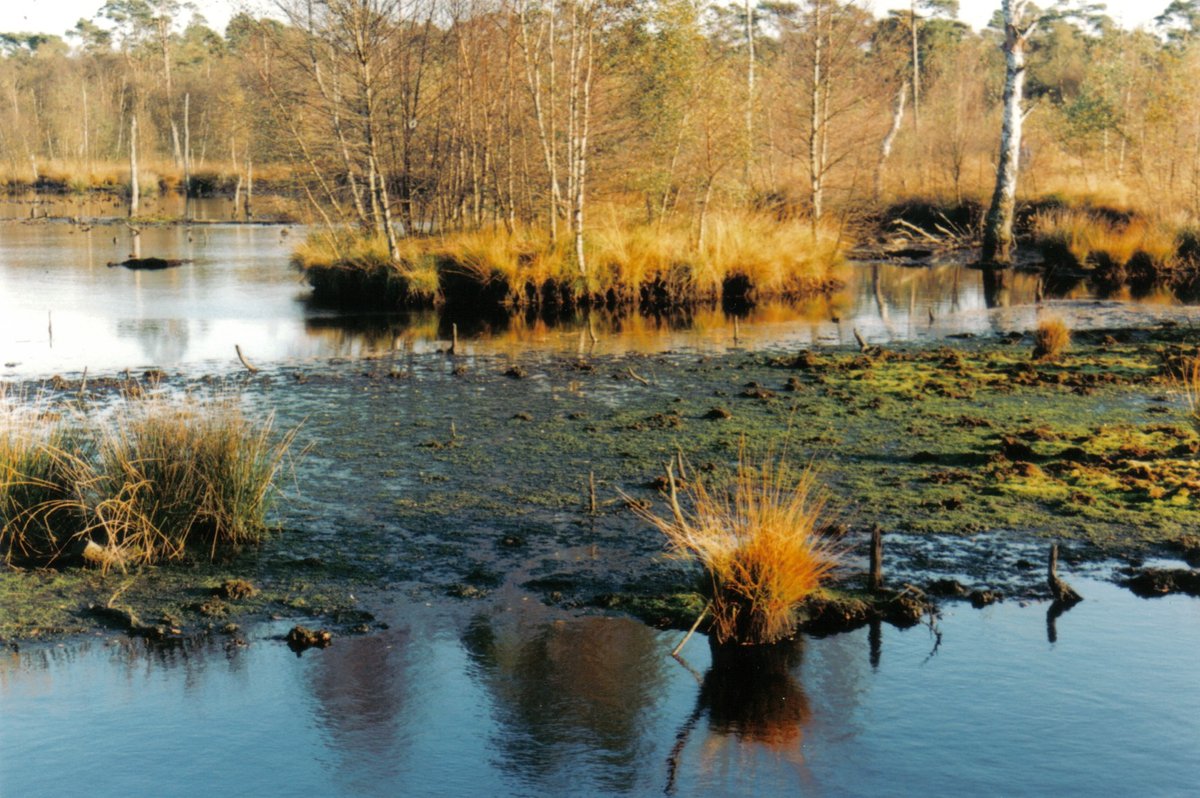
Visiting Venner Moor Nature Reserve in Münster: Tickets, Hours, and Tips
Date: 25/07/2024
Introduction
Nestled in the municipality of Senden within the Coesfeld district, approximately 12 kilometers southwest of Münster, Venner Moor Nature Reserve is an exquisite sanctuary that offers a fascinating blend of natural beauty, historical significance, and recreational opportunities. This former raised bog, transformed by centuries of human activity, now stands as a testament to both the resilience and the fragility of natural ecosystems. Whether you are a nature enthusiast, history buff, or simply seeking a peaceful escape, Venner Moor has something to offer everyone. This comprehensive guide delves into the history, ecological significance, visitor information, and ongoing conservation efforts at Venner Moor, ensuring that you have all the information you need to plan an enriching visit to this unique destination. (Wikipedia) (Natur Erleben NRW)
Table of Contents
- Introduction
- History and Significance of Venner Moor Nature Reserve
- Visitor Information
- Cultural and Recreational Importance
- Conservation Efforts and Renaturation
- Visitor Impact and Management
- Future Prospects
- FAQs
- Call to Action
History and Significance of Venner Moor Nature Reserve
Historical Background
The Venner Moor, located in the municipality of Senden in the Coesfeld district, approximately 12 kilometers southwest of Münster, is a former raised bog with a rich history dating back thousands of years. The area developed into a high moor with peat deposits up to four meters thick. The first significant human intervention in the Venner Moor began in the Middle Ages with the advent of hand peat cutting, which was primarily used as fuel. (Wikipedia)
By the 19th century, systematic drainage and peat extraction had begun, significantly altering the landscape. These activities continued intensively for about 150 years, leading to the disappearance of the growing moor. By 1890, the extensive peat extraction had reduced the moor to approximately half of its original size, now covering around 149 hectares. (Natur Erleben NRW)
Ecological Significance
Despite the extensive peat extraction and drainage, the Venner Moor remains a vital ecological habitat. The area is characterized by dwarf shrub-rich birch forests with pine, two large old peat-cutting waters, and a smaller heathland area. These habitats support a variety of moor-specific flora and fauna, making the Venner Moor a significant conservation area. (Wikipedia)
The Venner Moor is designated as a nature reserve and a protected area under the EU’s Habitats Directive (FFH Directive). This designation underscores its importance in preserving biodiversity and maintaining the ecological balance of the region. The area is home to several rare and endangered species, including the mole cricket, various dragonfly species like the peat mosaic darner and the northern damselfly, and birds such as the nightjar, hobby, middle and black woodpeckers, common sandpiper, little grebe, and teal. (Wikipedia)
Visitor Information
Venner Moor Visiting Hours and Tickets
The Venner Moor Nature Reserve is open year-round, providing access to visitors during daylight hours. There is no entry fee, making it an accessible destination for all nature lovers. However, donations are welcome to support ongoing conservation efforts.
Accessibility and Travel Tips
The area is accessible via several well-maintained trails, including a shorter 2.7-kilometer loop and a longer 4.7-kilometer route through the surrounding forested areas. A section of the trail is equipped with a boardwalk, allowing visitors to explore the moor without damaging the sensitive environment. (Komoot) For those traveling by car, parking is available near the reserve’s entrance.
Nearby Attractions and Special Events
While visiting Venner Moor, consider exploring nearby historical sites in Senden, such as the moated castle Schloss Senden. Additionally, the reserve occasionally hosts guided tours and informational events organized by the Landesbetrieb Wald und Holz NRW, which provide deeper insights into the area’s natural and cultural history. (Natur Erleben NRW)
Cultural and Recreational Importance
The Venner Moor is not only significant for its ecological value but also for its cultural and recreational importance. The unique landscape has inspired literary works, such as the historical novels “Der Moorkönig” (1999) and “Die Rückkehr des Moorkönigs” (2010) by German author Eva Maaser, which are set in the Venner Moor. (Wikipedia) Additionally, the area gained some fame when scenes from the first Münster-based “Tatort” crime series episode, “Der dunkle Fleck,” were filmed here in 2002, featuring the discovery of a bog body. (Wikipedia)
Conservation Efforts and Renaturation
In recent years, significant efforts have been made to restore and conserve the Venner Moor. The renaturation process involves re-wetting the area to revive the peat-forming vegetation and restore the natural hydrology. This process is crucial for maintaining the moor’s biodiversity and ecological functions. The central part of the moor, which was largely devoid of trees, now features four large, water-filled peat-cutting pits where renaturation is gradually taking place. (Wikipedia)
The surrounding areas, which were once used for peat extraction, have largely been reforested with birch and pine trees. These efforts aim to recreate the natural habitat and provide a refuge for the native species that depend on the moorland ecosystem. (Wikipedia)
Visitor Impact and Management
The Venner Moor is a popular destination for nature enthusiasts, hikers, and cyclists. While the influx of visitors poses a challenge to the conservation efforts, the nature reserve is managed by the Landesbetrieb Wald und Holz NRW. They organize guided tours and informational events to educate visitors about the importance of conservation and responsible behavior in natural areas. (Natur Erleben NRW)
Future Prospects
The future of the Venner Moor depends on continued conservation efforts and sustainable visitor management. Ongoing renaturation projects aim to restore the natural hydrology and peat-forming vegetation, which are essential for the long-term health of the moor. Additionally, educational programs and guided tours play a crucial role in raising awareness about the importance of preserving this unique habitat.
The Venner Moor’s significance extends beyond its ecological value; it is a testament to the region’s cultural heritage and a vital recreational resource for the local community and visitors alike. By balancing conservation with responsible tourism, the Venner Moor can continue to thrive as a sanctuary for wildlife and a place of natural beauty for future generations to enjoy. (Venner Moor)
FAQs
Q - What are the visiting hours for Venner Moor?
A - Venner Moor is open year-round during daylight hours.
Q - Is there an entry fee for Venner Moor?
A - There is no entry fee, but donations are welcome to support conservation efforts.
Q - Are there guided tours available?
A - Yes, guided tours are organized by the Landesbetrieb Wald und Holz NRW.
Q - What should I bring when visiting Venner Moor?
A - Comfortable walking shoes, water, and a camera for capturing the beautiful scenery.
Q - Are there any nearby attractions?
A - Yes, nearby attractions include the moated castle Schloss Senden.
Call to Action
Don’t miss the chance to explore the natural beauty and rich history of Venner Moor. Plan your visit today and experience everything this unique nature reserve has to offer. For more information, visit our website, download the Audiala mobile app, and follow us on social media for updates and special events.
Conclusion
Venner Moor Nature Reserve is not just a haven for biodiversity but also a site rich in cultural and historical significance. The efforts to renature the moor and restore its ecological balance are a testament to the commitment to preserving this unique habitat for future generations. By visiting Venner Moor and adhering to the guidelines, you can contribute to these ongoing conservation efforts while enjoying the breathtaking landscapes and diverse wildlife. Whether you are exploring the well-maintained trails, participating in guided tours, or simply soaking in the tranquil atmosphere, Venner Moor offers an unforgettable experience. For more information, guided tours, and updates on special events, be sure to visit the official websites and follow related social media channels. (Venner Moor) (Komoot)
